Hello Hive community!
In this article, I'm going to take you on a fascinating journey through history and civilisation on a recent visit to a museum that I think is one of the most beautiful I've had the chance to visit so far. The museum is right in the heart of the city, in a quiet and charming area. As soon as I arrived, I was captivated by the peaceful atmosphere of the surrounding area. The narrow streets lined with old houses and the small, well-kept gardens give an initial impression of authenticity, as if the place itself had a story to tell even before you walked through the museum doors.
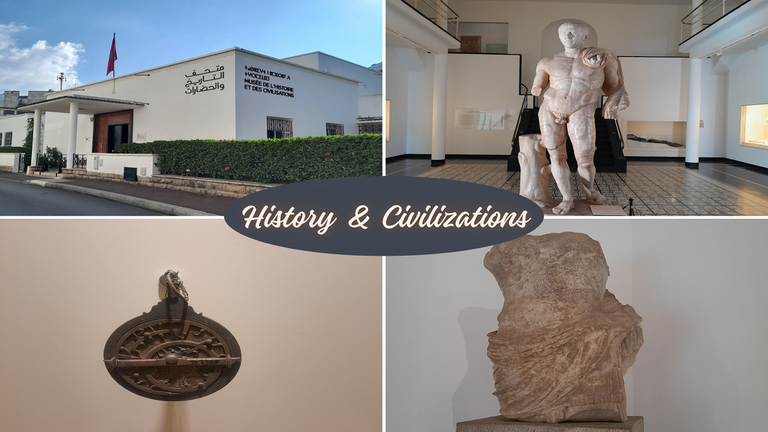

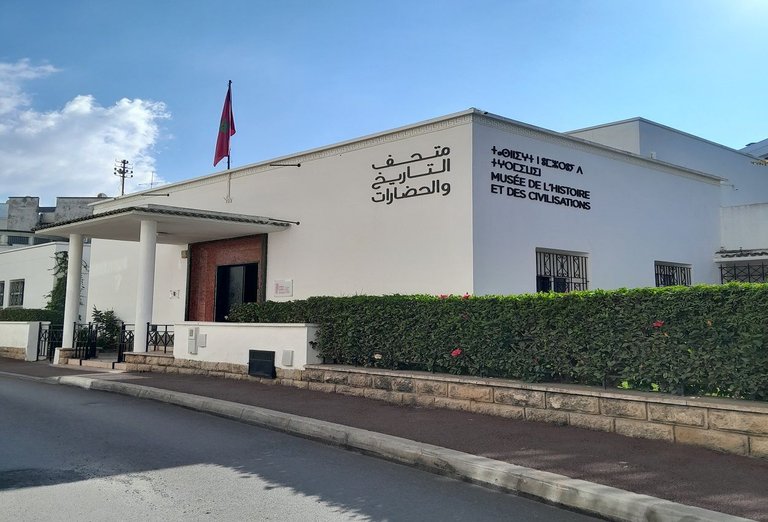
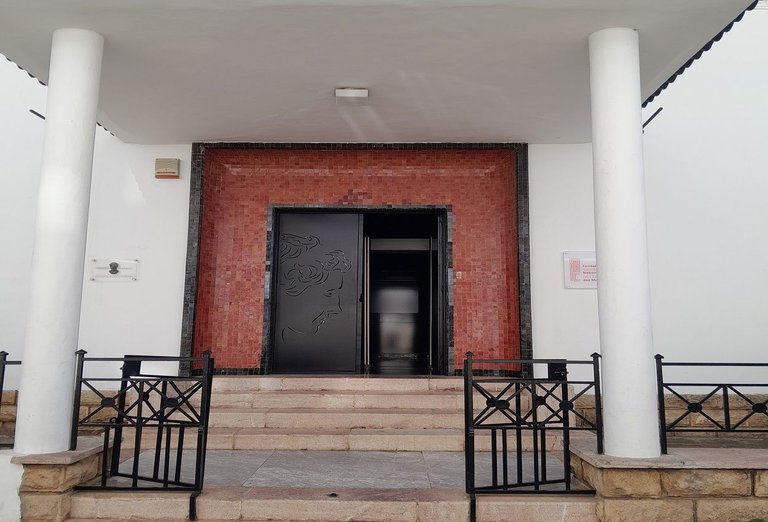
Inside, I discovered an incredible wealth awaiting me. The collections on display tell the story of different eras and civilisations that have left their mark on our heritage. Every nook and cranny of the museum is a plunge into another world, with meticulously preserved objects, fascinating works of art and moving accounts of the generations that came before us. What also struck me was the layout of the museum: everything is designed to offer visitors a fluid and pleasant tour. The descriptions, written with care, immerse us in the context of each piece on display. And, as always, I can't help but let my imagination wander as I listen to the explanations.
In what follows, I invite you to follow me as I explore the treasures I admired during this memorable visit. I have some of the most fascinating examples in store for you, along with summaries of the descriptions posted on site for each work!
As soon as I walked through the door inside, I came across this statue:
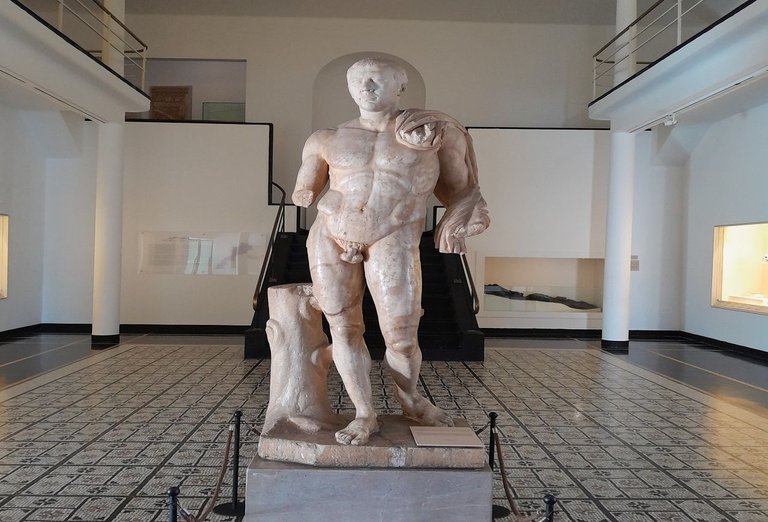
Ptolemy
Ptolemy was the only son of the marriage between Juba II and Cleopatra Selene! What made him really special was that he was the last descendant of two great dynasties: the Numidian dynasty on his father's side and the Lagidian dynasty on his mother's. He was also the grandson of the famous Roman general Mark Antony!
His reign lasted from 23 to 40 AD, until the tragic day when he was assassinated on the orders of his own cousin, the Roman emperor Caligula. And where did it happen? In an amphitheatre in Lugdunum, known today as Lyon in France, in the middle of a gladiatorial spectacle!
According to the historian Suetonius, Caligula's jealousy was the cause of this odious act. Imagine the scene: Ptolemy visited Caligula and arrived wearing a purple cloak, a colour that symbolised wealth and imperial power. Obviously, the emperor didn't like this...
But on digging a little deeper, today's researchers have discovered another, more political reason. Apparently, Caligula installed a military legate in Numidia, encroaching on the borders of Ptolemy's kingdom. The disgruntled Ptolemy joined forces with a Roman general, Gaetulicus, in an attempt to plot against the emperor. And we know the rest: Caligula wouldn't let it go, and Ptolemy paid a terrible price.
The museum's central hall features an exceptionally rich archaeological collection, bringing together material evidence of the various civilisations that settled in Morocco from prehistoric times to the Islamic era.
In the right wing, the Palaeolithic, Neolithic and Metal Age periods are covered through artefacts bearing witness to the human presence in Morocco over the last 1,000,000 years. These objects come from archaeological sites all over the country, including Jebel Ighoud, Tafoughalt, Achekar, Sidi Abderrahmane and Oued Deraa.
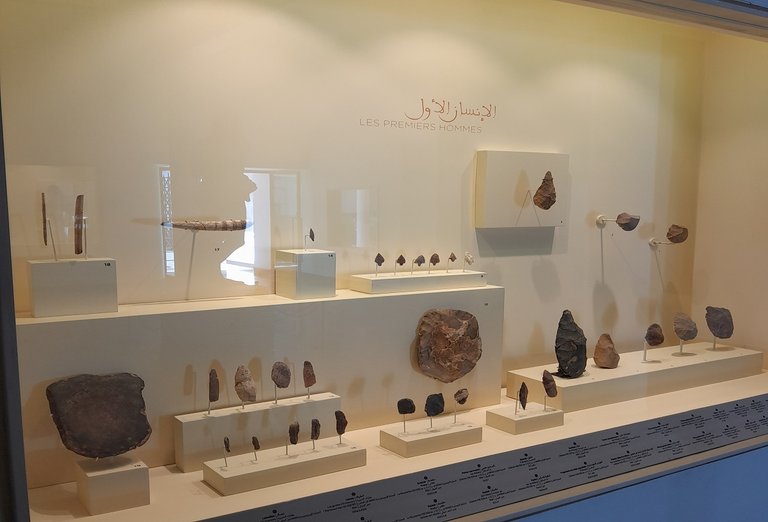
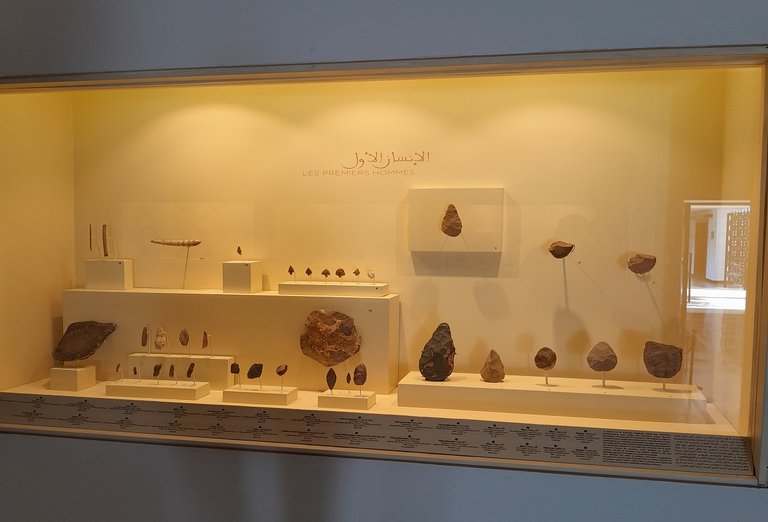
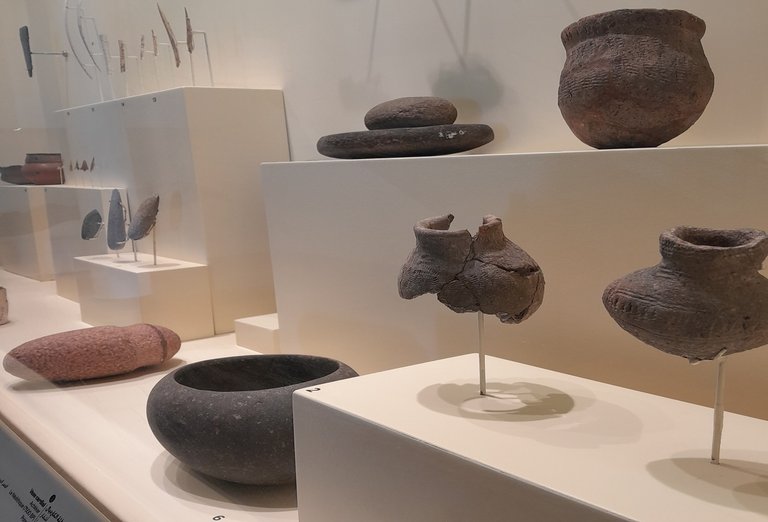
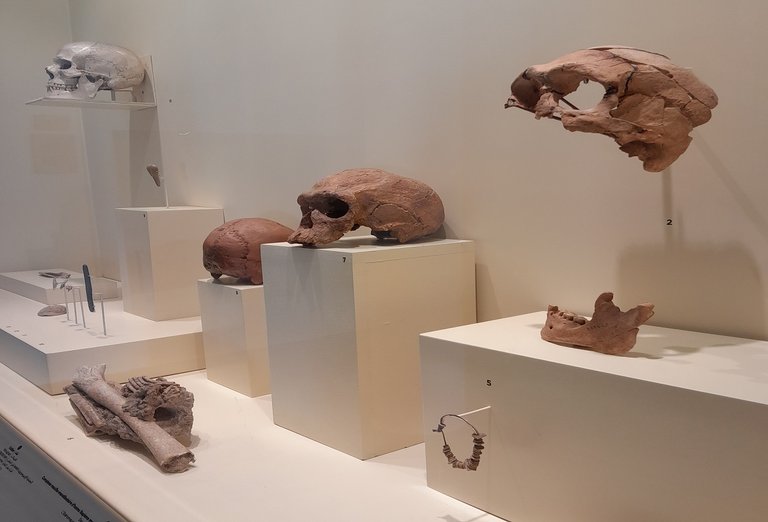
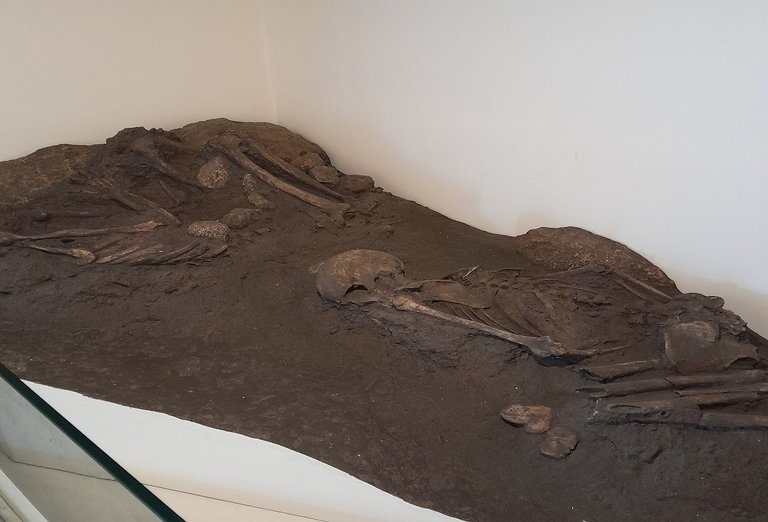
Moulding of a double burial, dating from around 5900 years ago, discovered in 1978 at El Harhoura II (Rabat region). The two adult subjects, one female and one male, are in the foetal position. This type of lateral decubitus (semi-flexed) burial was widespread among the Neolithic in Morocco.
The left wing of the room features relics from Moroccan antiquity, marked by the Phoenician, Mauritanian and Roman civilisations, in a collection of bronze, ceramic and marble pieces. These objects come from ancient Moroccan archaeological sites, including Mogador, Lixus, Sala and Volubilis.
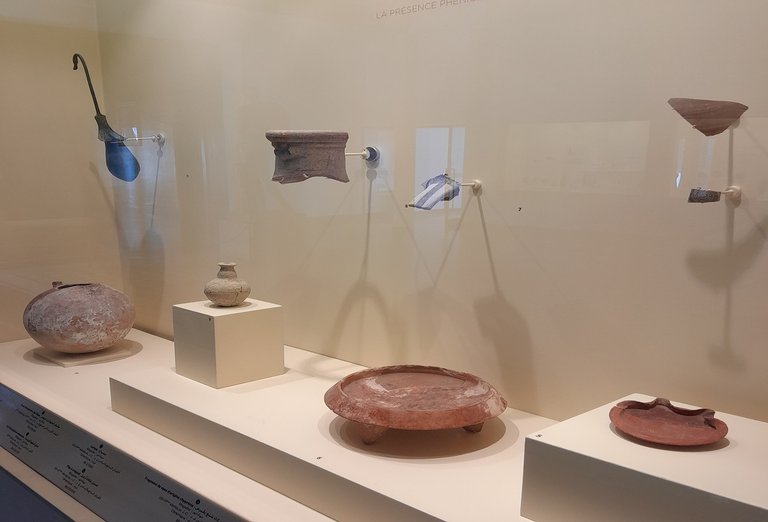

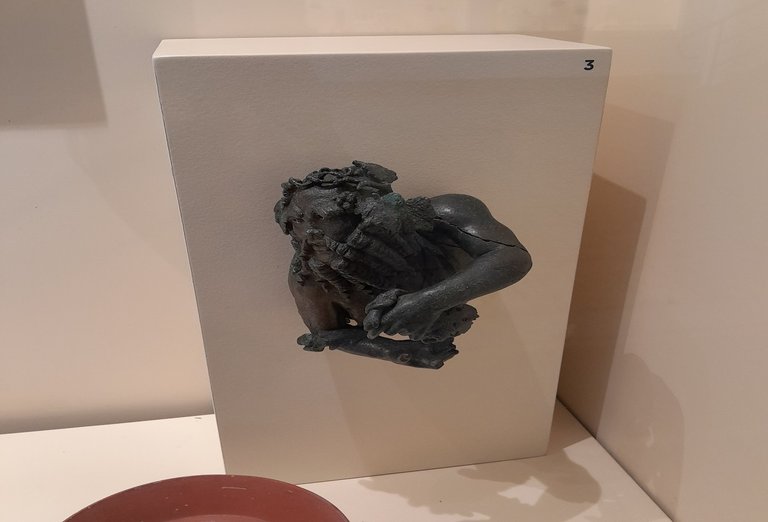

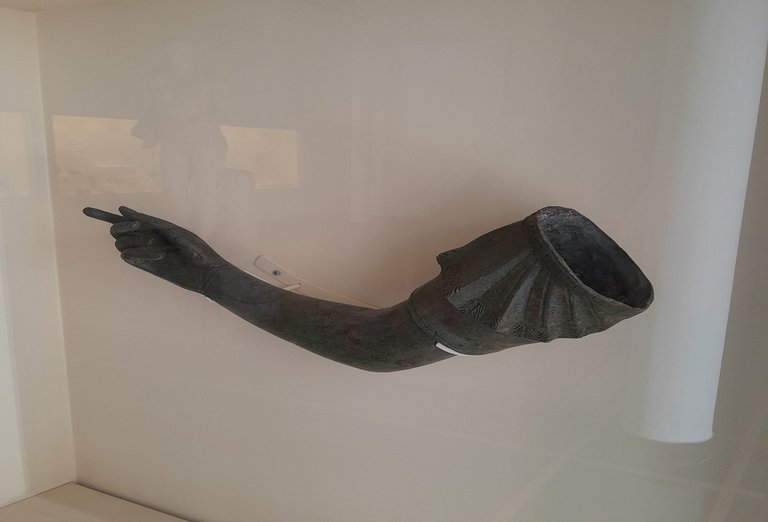
The upper floor focuses on the transitional period, with relics representing the Jewish and Christian religious rituals that were practised in Morocco during this period. Medieval artefacts are then on display, providing an insight into Morocco under the various Islamic dynasties (Idrissides, Almoravides, Almohades, Merinides and Alaouites) through archaeological remains unearthed at Islamic archaeological sites such as Belyounech, Sijilmassa and Koutoubia.
Towards the end of the 3rd century, the Roman administration abandoned the southern part of the province of Mauritania Tingitana, for reasons that are still unclear. We know little about the history of Morocco after this date.
The few testimonies we have are mainly lamps, some of which bear Jewish or Christian symbols. Some objects were probably imported, such as a Byzantine incense burner and exagium (weight), a peacock-shaped lamp and a Coptic oil diffuser, all of which bear witness to relations with the East between the 5th and 7th centuries AD, relations that were to continue with the beginnings of Islamisation, which began to manifest itself in Morocco in the 6th century.
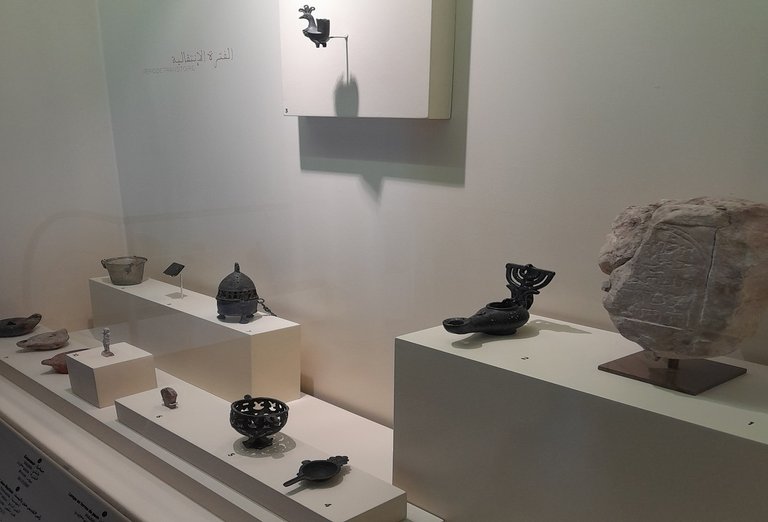
In the 8th century, Morocco was under the command of the Idrissid dynasty, whose founders began minting silver coins in various workshops, including Walila, Tudgha and Tlemcen, from 789 onwards.
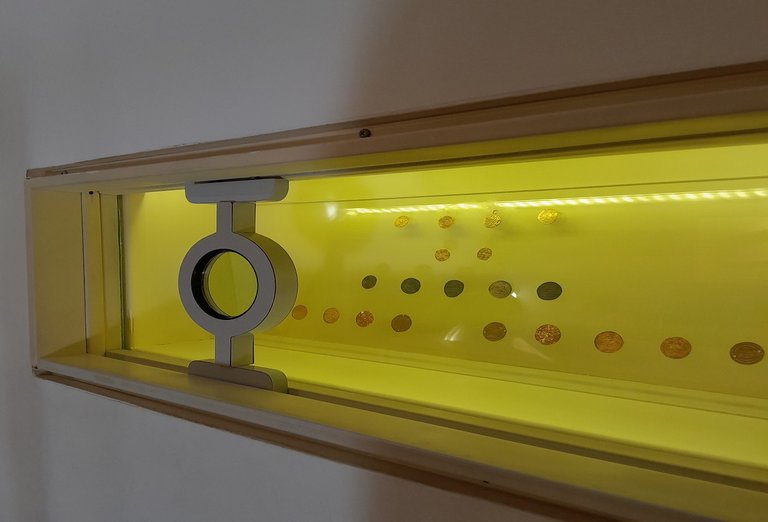
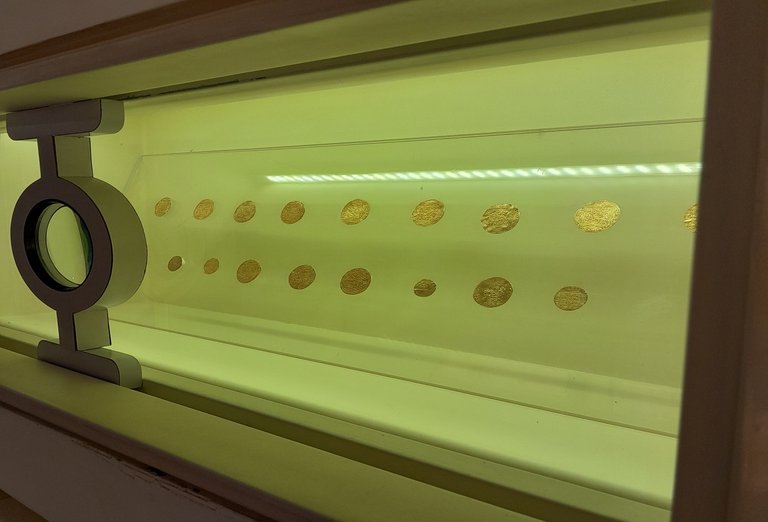
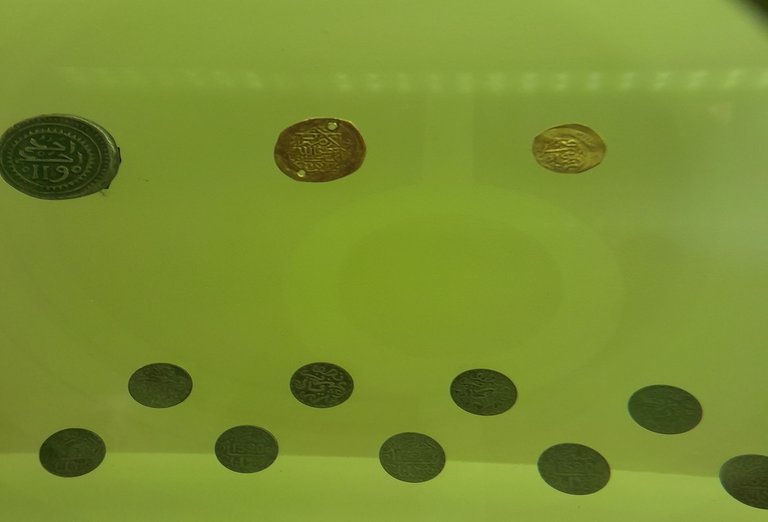
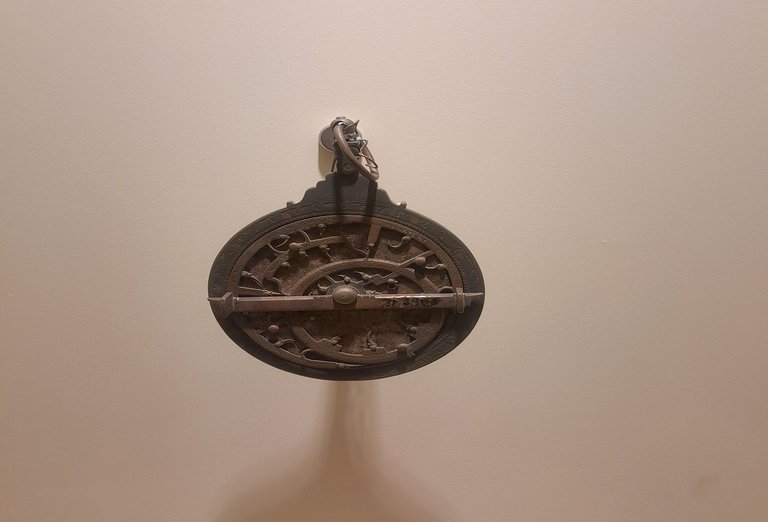 Copper planispheric astrolabe [Moroccan-Andalusian origin, Merinid period (15th c.)]
Copper planispheric astrolabe [Moroccan-Andalusian origin, Merinid period (15th c.)]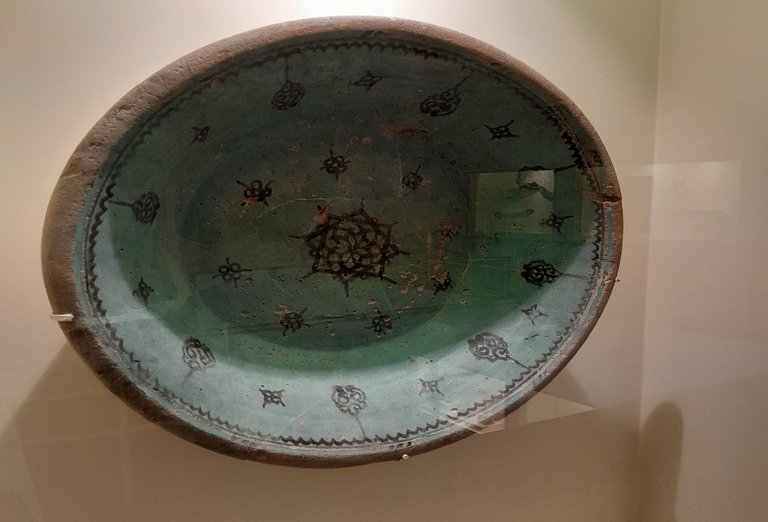
Excavations at a number of Islamic archaeological sites, including Sijilmassa, Marrakech and Chellah, have yielded pottery and ceramics dating from the period between the 12th century and the end of the 19th century.
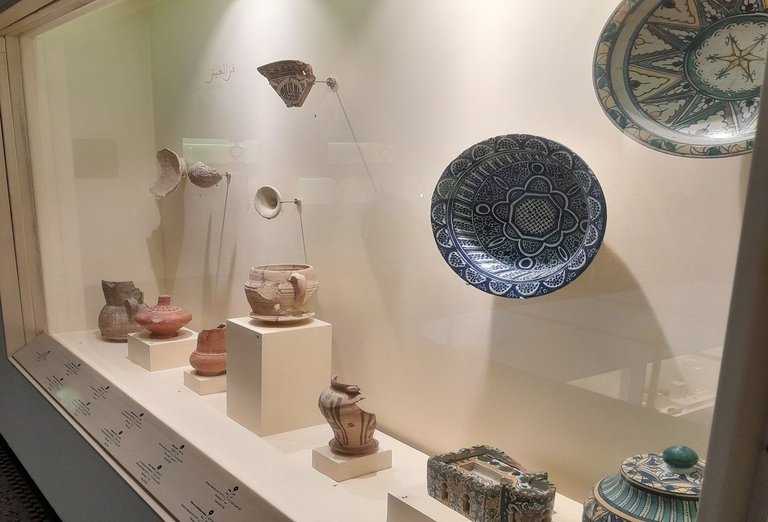
Moroccan civilisation took hold of all branches of intellectual, scientific and religious knowledge. The works on display bear witness to the interest shown by the dynasties in the sciences, whether it be the measurement of time (sundial), the measurement of legal alms (Mudd nabaoûi) or the location of objects in space (Astrolabe). Indeed, the astronomical and astrological sciences flourished in learned cities such as Fes and Marrakech.
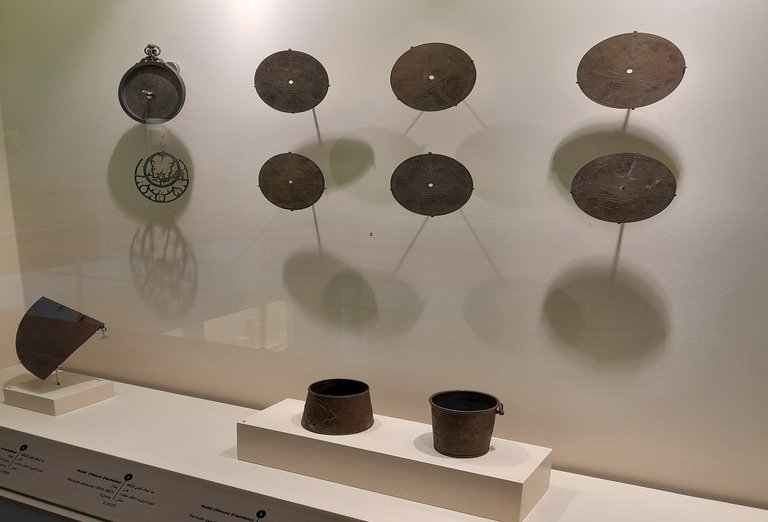
This gilded bronze figurine was discovered during the 1971 excavations at Chellah. It may be part of an aquamanile, consisting of an upper part: a gazelle and a stem, and a lower part: a sphere and a corolla of petals.
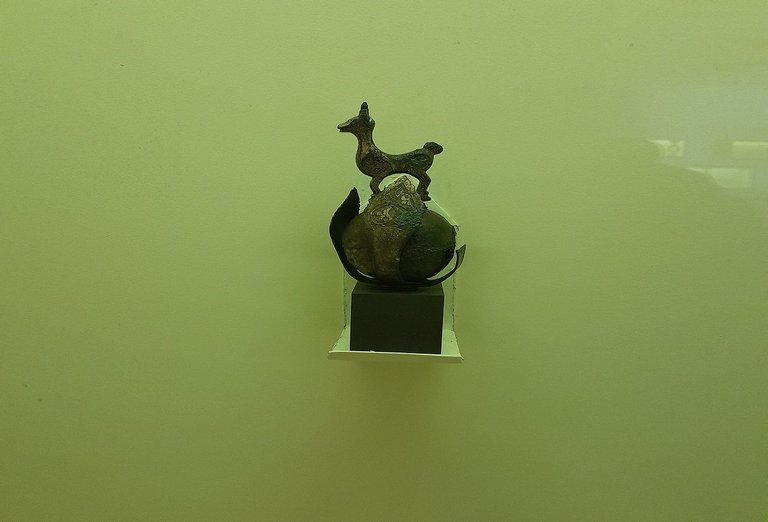
Moroccan ornamentation has acquired a particular aspect thanks to the fusion of Andalusian and Moroccan art, which is clearly reflected in the monuments that still exist in this country. Moroccan craftsmen use a variety of materials, in particular marble and zellige, to decorate walls with geometric or floral motifs. Wood is also used extensively in construction, as well as for wall cladding, either with openwork wood or wood carved with epigraphic decorations or Koranic verses (friezes). Sculpted plaster or stucco covered the interior and exterior walls of homes, mosques and medersa patios in the Marinid period.
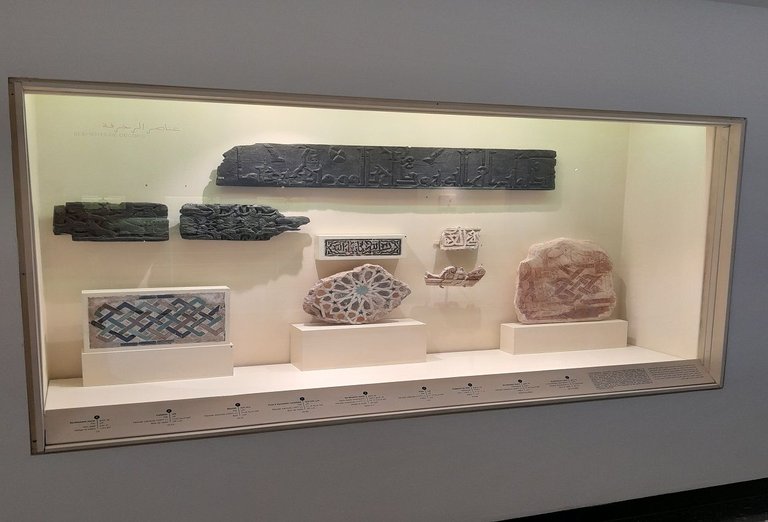
Water is of great importance. It is considered to be a blessing from God, giving and ensuring life: God says: ‘We have created every living thing from water’. Urban and agricultural water systems have been particularly developed in Morocco since the reign of the Almohads, who provided the districts of Fes, Marrakech and Rabat with an efficient drinking water system. And while the Almoravids introduced the technique of capturing underground water by means of the system of drainage galleries (khettaras) invented by Oubaidallah Ibn Younous, the Almohads improved the methods of capturing surface water by raising ‘seguia’ from rivers.
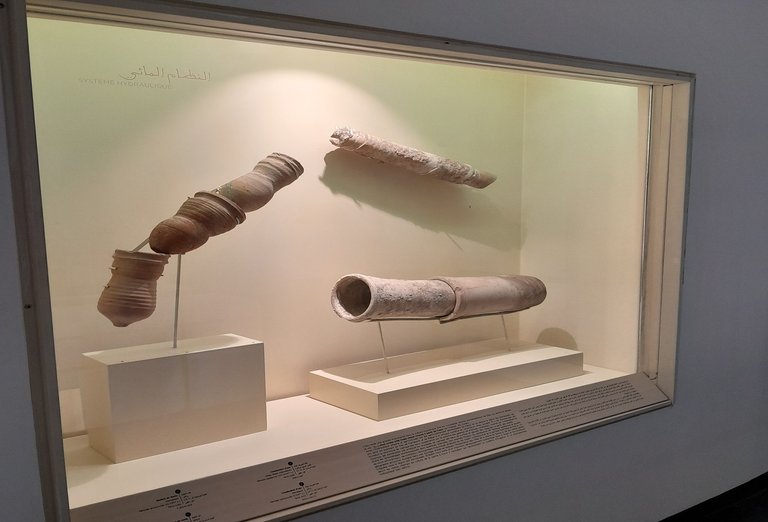

I hope you've enjoyed this little dive into history and civilisation through this museum! This was only the first part, and the rest is coming very soon. In the next part, I'll be leaving the hall to explore the outdoor spaces, where other fascinating works relating to the Roman period in Morocco await me. Thank you for joining me on this visit, and see you soon for the rest!

Photos taken by my own phone (Samsung Galaxy A04s).
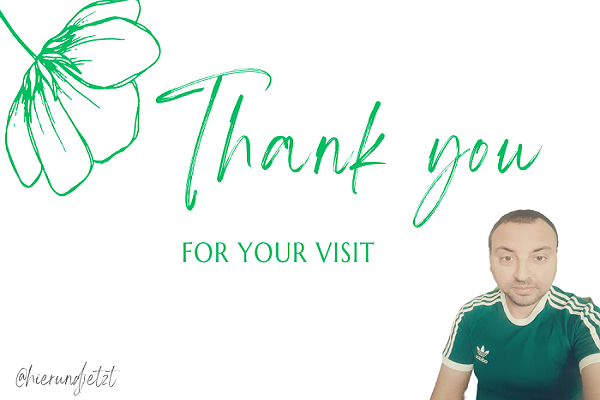
Hiya, @glecerioberto here, just swinging by to let you know that this post made it into our Honorable Mentions in Travel Digest #2447.
Your post has been manually curated by the @worldmappin team. If you like what we're doing, please drop by to check out all the rest of today's great posts and consider supporting other authors like yourself and us so we can keep the project going!
Become part of our travel community:
You can check out this post and your own profile on the map. Be part of the Worldmappin Community and join our Discord Channel to get in touch with other travelers, ask questions or just be updated on our latest features.